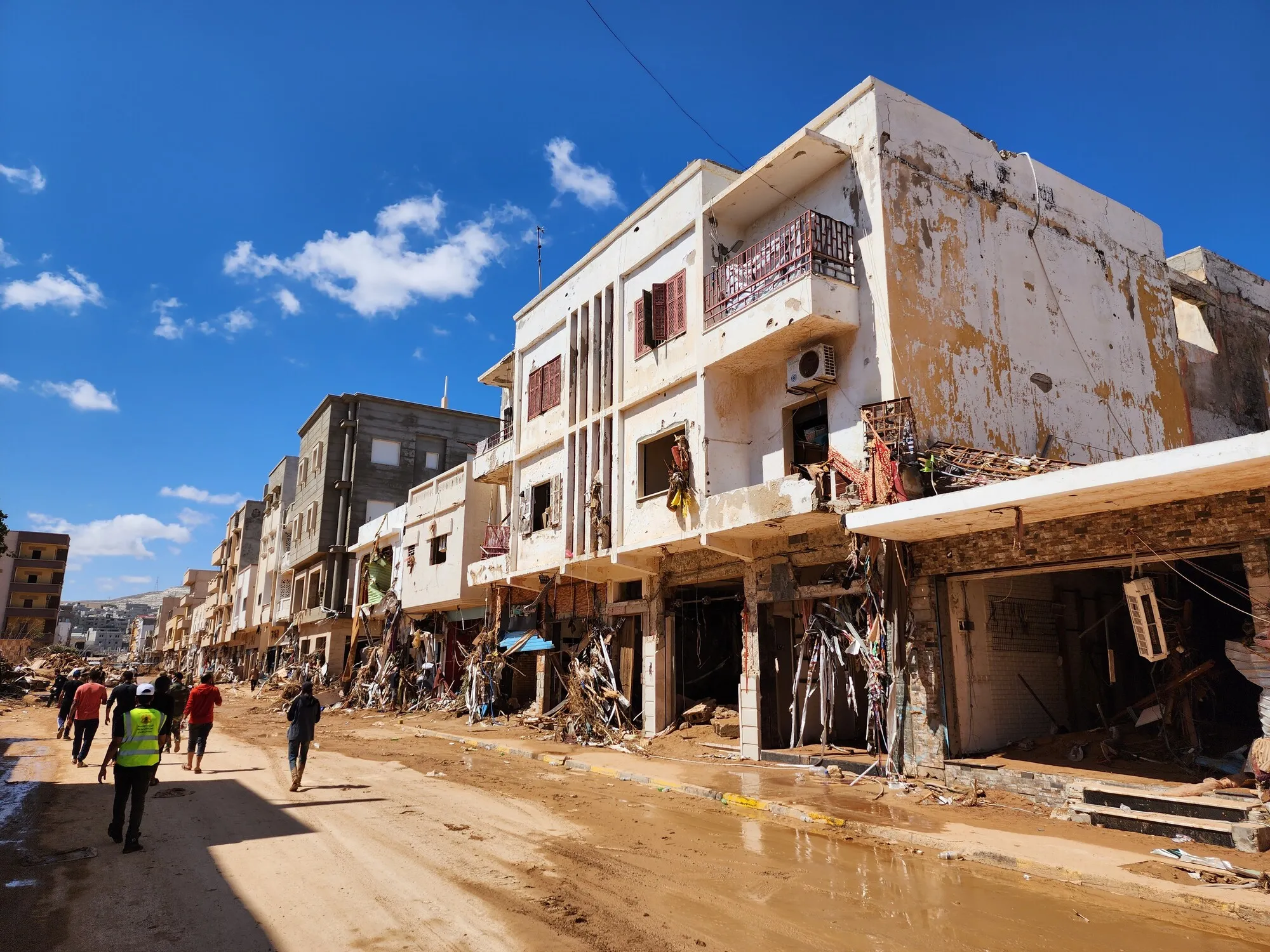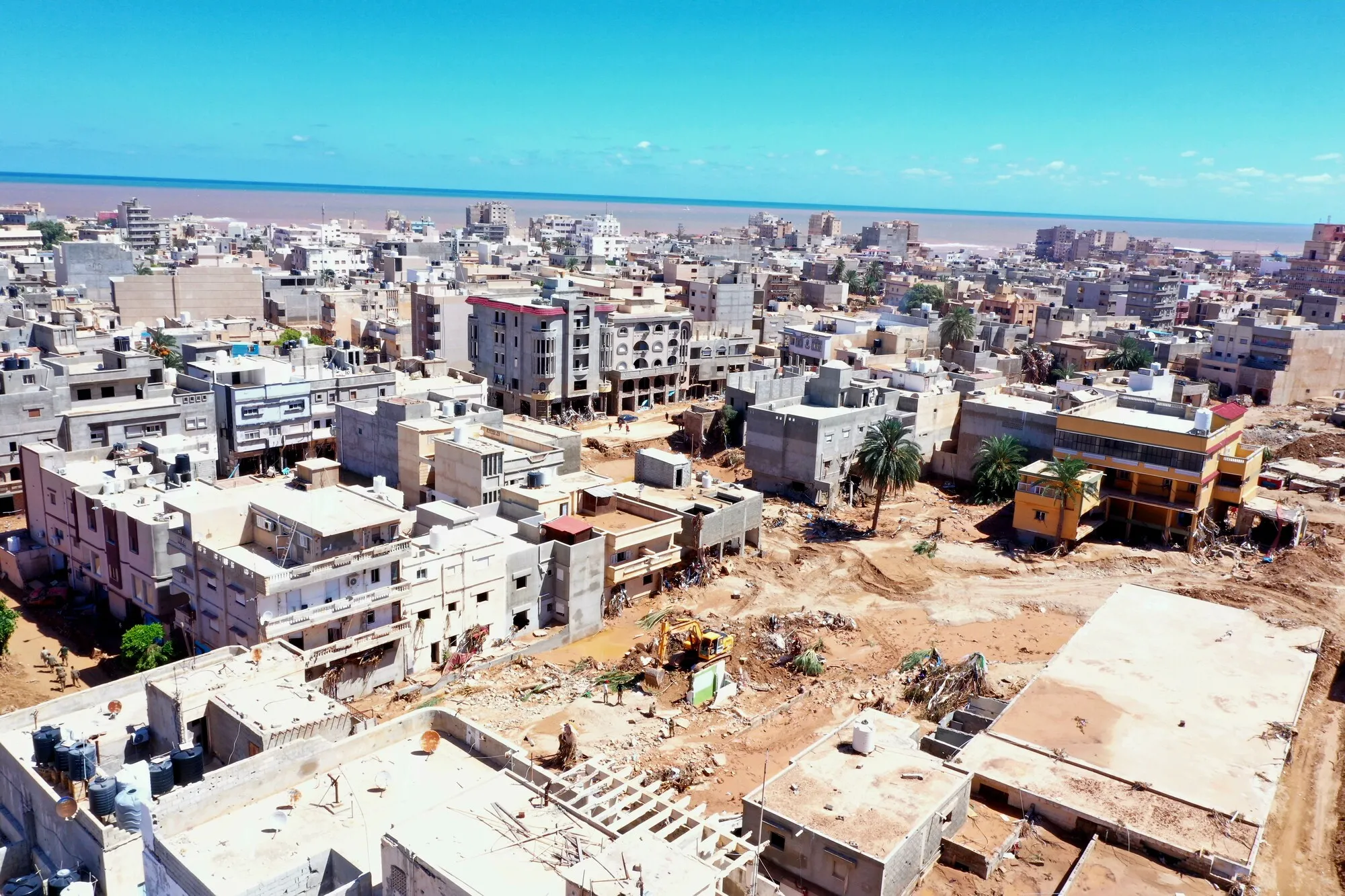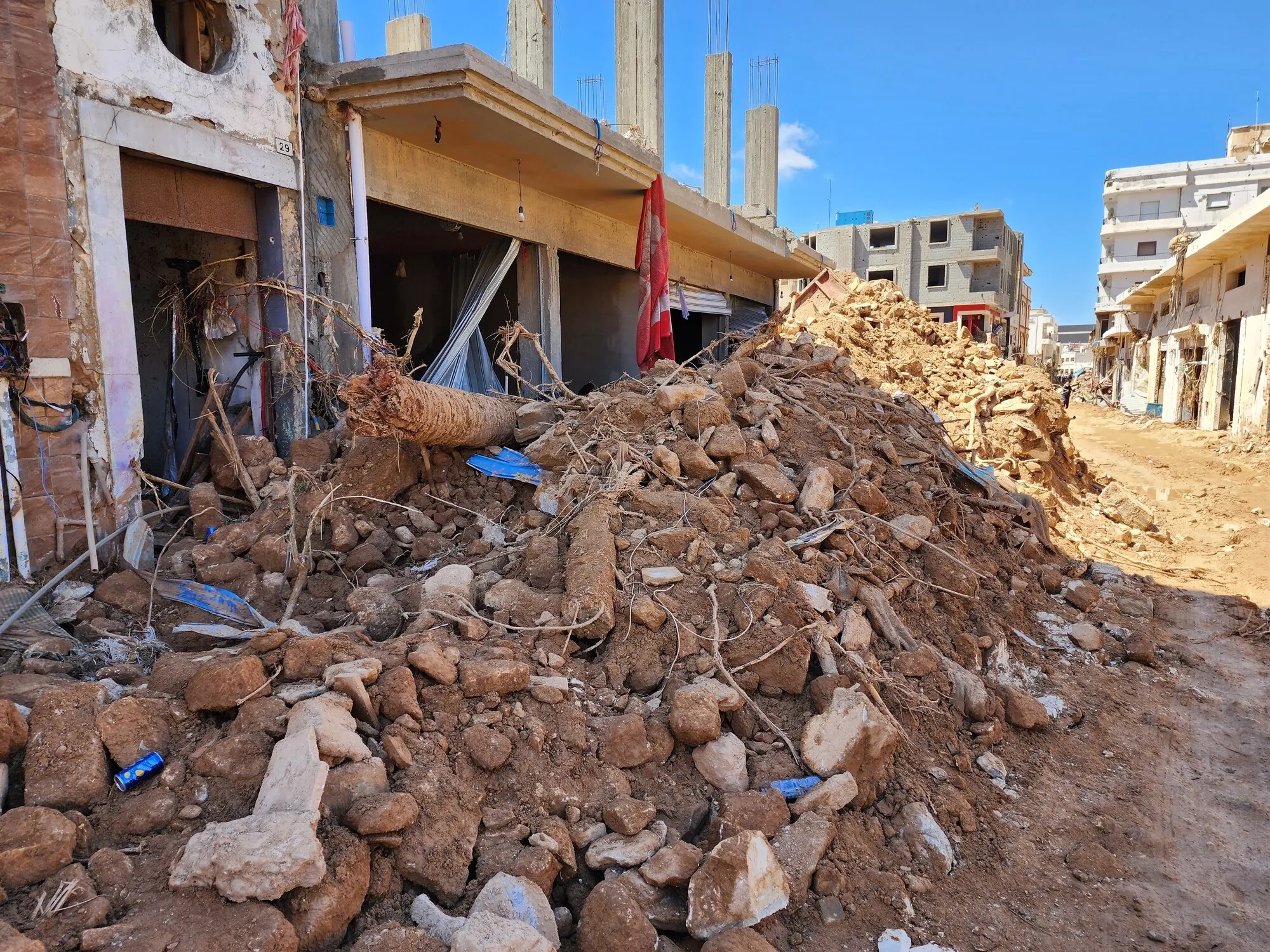According to NASA, the months of June, July, and August 2023, taken as a whole, were 0.41 degrees Fahrenheit warmer than any other summer since global records began in 1880.
Record August temperatures confirmed summer 2023 was the hottest summer (June, July, August) in @nasa’s temperature record, by a large margin.🥵
These record-breaking months continue a long-term warming trend due to human activities. https://t.co/KmUVjZZ5Jn pic.twitter.com/6hcylNM592
— NASA Earth (@NASAEarth) September 14, 2023
While scientists often urge caution on attributing single weather events to larger climate trends, they agree warmer temperatures mean warmer oceans, and warmer oceans mean tropical storms – cyclones, hurricanes, typhoons, and “medicanes,” previously rare Mediterranean hurricanes – that are more intense, with more rain, stronger winds, and often with longer durations.
“The trend is very clear,” Shuai Wang, co-author of a study published in Nature Communications earlier this month that showed how storms that make landfall around the world are rapidly intensifying at a rate three times greater now than they did 40 years ago.
As global temperatures continue to rise, there will be more — and more intense — Daniels and Idalias, and that means more adverse impacts on women and girls.



